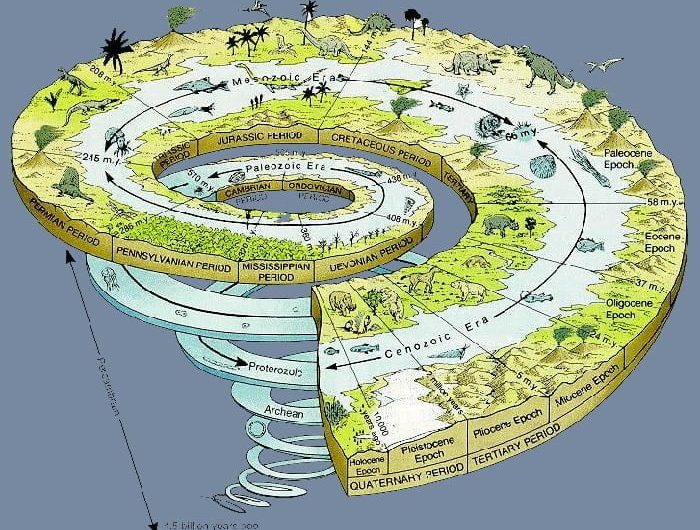Dalyan’s Geography and Natural Beauty
1 Geological Formation
Dalyan’s landscape was shaped by millions of years of tectonic activity, creating a stunning mix of mountains, wetlands, and coastal plains. The Dalyan River carved its way through layers of limestone, forming dramatic cliffs and fertile valleys. Learn more about Dalyan’s geological history here.
The Dalyan Delta
The delta is a vast network of winding waterways, covered by reeds and marshes. It provides a natural habitat for diverse wildlife and forms a vital ecological corridor between Köyceğiz Lake and the Mediterranean Sea. Explore the Dalyan Delta Guide.
Formation of Iztuzu Beach
Iztuzu Beach is a rare geomorphological feature formed by sediment deposits carried down the Dalyan River. Its unique shape—a sandbar separating fresh and saltwater—makes it an ideal nesting site for endangered loggerhead turtles. Read about Iztuzu Beach here
2 Biodiversity and Wildlife
Flora
Dalyan’s plant life includes reed beds, pine forests, olive groves, and rare Mediterranean shrubs. In spring, the region bursts into color with wildflowers, including orchids and daisies. Discover Dalyan’s flora in this guide.
Fauna
- Bird Species: Flamingos, herons, and pelicans migrate through Dalyan, making it a birdwatcher’s paradise. Birdwatching Guide.
- Mammals: Wild boars and otters inhabit the wetlands.
- Marine Life: The Dalyan River supports bass, mullet, and eels as well as blue crabs.
Reptiles and Amphibians
Dalyan’s wetlands and marshes also host a variety of reptiles, including terrapins and water snakes. Frogs and salamanders thrive in the humid conditions, contributing to the area’s rich biodiversity. Read about Dalyan’s wildlife here.
3 Eco-Tourism
Sustainable Practices
Dalyan promotes eco-friendly tourism, balancing visitor experiences with conservation. Sustainability and Eco-Tourism Guide.
Tips for Eco-Friendly Travel
- Bring reusable bottles and avoid single-use plastics.
- Stay in eco-certified accommodations.
- Support local businesses and guides.
4 Topography of Dalyan – Mountains, River Systems, and Coastal Features
1. Mountains and Hills
- Bozburun Mountain Range: Dalyan is surrounded by the rugged Bozburun Mountains, which form a dramatic backdrop to the town. These mountains are covered with dense pine forests and dotted with olive groves, offering breathtaking scenery and hiking opportunities.
- Radar Hill (Radar Tepesi): One of the highest points near Dalyan, providing panoramic views of the Dalyan Delta, Iztuzu Beach, and Köyceğiz Lake. It’s a popular spot for trekking and photography.
2. River Systems and Lakes
- Dalyan River (Calbis River): Flowing through the heart of Dalyan, this meandering river connects Köyceğiz Lake to the Mediterranean Sea. It’s famous for scenic boat trips and its network of channels and reed beds that create a labyrinth-like delta, ideal for exploring by boat.
- Köyceğiz Lake: A large, tranquil freshwater lake located north of Dalyan, surrounded by mountains and forests. It is a protected area and supports diverse wildlife, including migratory birds. The lake also serves as a source for the Dalyan River.
3. Coastal Features
- Iztuzu Beach (Turtle Beach): Stretching 4.5 kilometers, this sandy spit separates the Dalyan River delta from the Mediterranean Sea. It is internationally recognized for its ecological importance as a nesting ground for loggerhead turtles (Caretta caretta) and has earned protection as a nature reserve.
- Delta Wetlands: The Dalyan Delta features intricate wetlands and marshes, creating habitats for numerous bird species and aquatic life. It’s an excellent location for birdwatching and eco-tourism.
- Secluded Bays and Coves: The coastline surrounding Dalyan offers hidden beaches and rocky coves, accessible by boat, making it a haven for snorkeling, swimming, and sunbathing. You can find details about one of these tours, Seas The Day here.
- Limestone Cliffs and Caves: The cliffs along the Dalyan River are composed of limestone, creating dramatic landscapes with caves and rock-cut tombs carved into the stone.
- Thermal Springs and Mud Baths: Located near Sultaniye, these geothermal features attract visitors seeking natural wellness treatments.
5. Ecosystem Diversity
- The mix of forests, wetlands, beaches, and mountains creates a highly diverse ecosystem, supporting wildlife like loggerhead turtles, kingfishers, and herons, as well as rich vegetation including reeds, pines, and olive trees.
Dalyan’s unique topography blends mountains, rivers, lakes, and coastal areas, offering visitors a rich tapestry of natural wonders and outdoor adventures in one picturesque setting.
5 Dalyan Delta – Formation, Biodiversity, and Scenic Significance


Comments